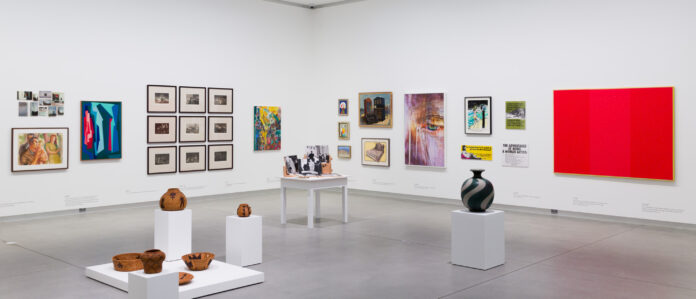“By its very nature, an exhibition encompasses the skills and abilities of various departments within the exchanging museums as well as those of the forwarding agents and transporters, and the preparations involved in organizing a large traveling exhibition can tax the patience
and good nature of the most devoted museum staff member. Coordination and careful
planning are the crucial factors ensuring that not only will the exhibition materialize at the
correct time, but also that the works of art are safely handled at each stage of the journey.
Although museums have been engaged in this activity for many years, they have failed to
establish standard procedures in the areas of packing and transport which would not only
ensure the safety of the works of art, but would also lessen the problems of coordination. This
paper is an attempt to pin-point these various areas where the museum world, if acting as a
coordinated body, could establish agreed procedures.
The first area of concern is the work of art. A museum, private gallery or private individual
lends a work of art to an exhibition on the understanding that its safety will be considered at
all stages of its travel and display. Unfortunately, the condition of the work is seldom known
until it reaches the exhibition, by which time a fragile work may have suffered damage in
transport. The degree of remedial conservation as well as the time involved for such a
procedure will determine whether or not the work can safely travel to its next venue. To
overcome this problem, it is essential that the condition of the work be assessed before it
leaves the lender” (Sitwell, 1983).
Transporting artwork, even at the museum-level, is a highly unregulated and inconsistent process. There’s no set standards for judging the integrity of the piece before or after transportation (Sitwell, 1983). Even more surprising to me – there aren’t any standardized processes for packaging the piece once an exhibition is over and it moves on to the next location. This means that if damage occurs in the move, there’s no way to know where or how it occurred in the shipping process (Sitwell, 1983). This was shocking to me, given the inherent and often shocking value of the pieces that we see lining gallery walls.
How can we justify the lack of standards for pieces of art that we assign so much monetary and cultural value to?
The lack of standardized processes leaves a lot of room for experimentation with how to streamline the process of transporting art at a smaller scale. However, it also generates numerous questions about the specific challenges that artists and museum staff encounter with this process. I decided to utilize my survey to better understand the current field of art transportation on this smaller and more local scale. My goal with this survey was to identify the problems these individuals face and establish potential solutions. I hope that identifying these problems on a small scale can ultimately establish guidelines for the field at large.
References
Benton Museum of Art. (n.d.) Gallery [Photograph]. https://www.pomona.edu/museum/exhibitions
Sitwell, C. L., (1983) Transporting exhibitions: Museums
must act together, Museum Management and Curatorship, 2:4, 355-358, DOI:
10.1080/09647778309514894




